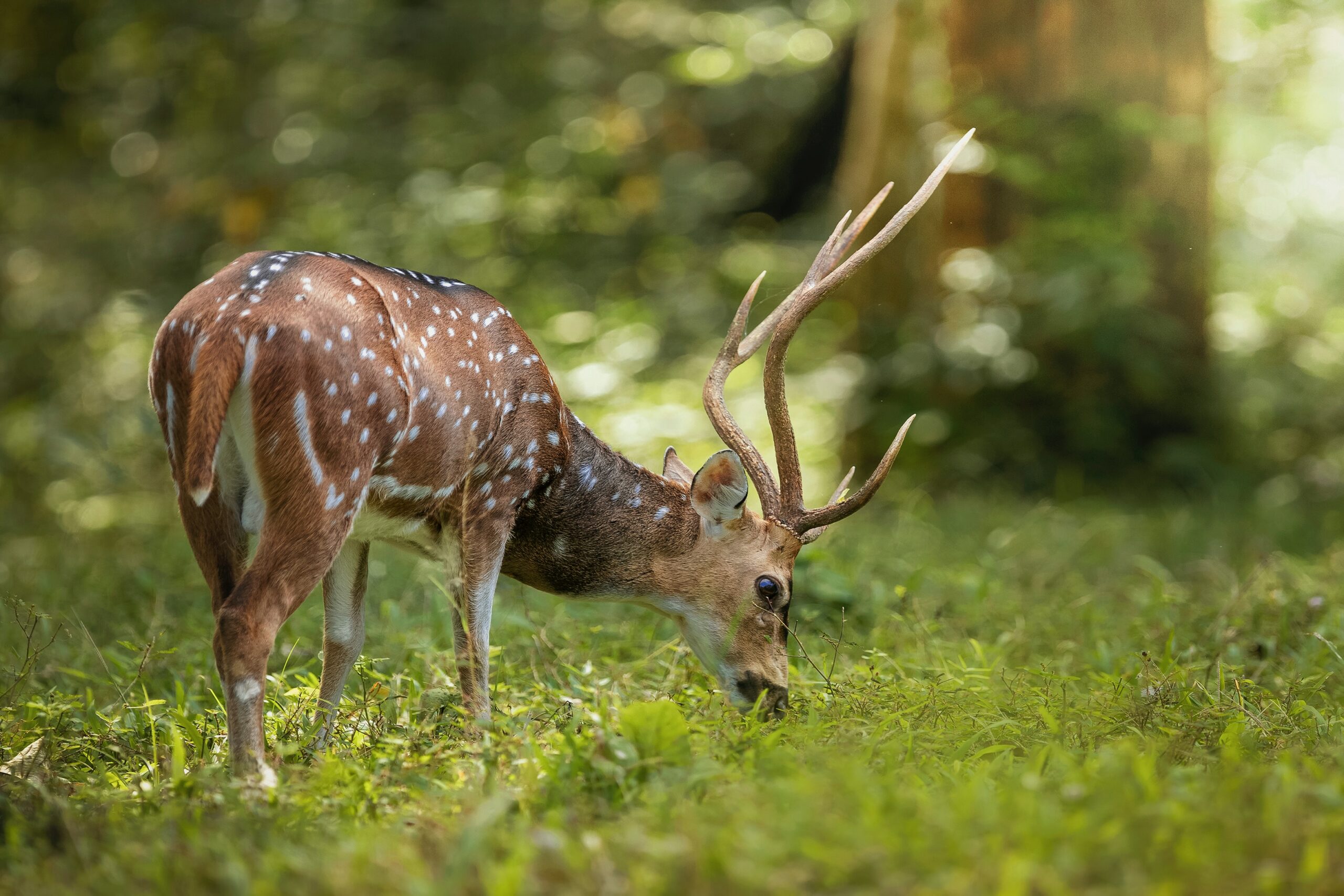
Blog
- SEO Team
Deer Feeding Times – Tips & Tricks for Attracting More Game

If you’re an avid hunter or simply enjoy observing wildlife, knowing the best times to feed deer can make all the difference in attracting them to your property. By understanding their feeding habits and preferences, you can increase your chances of a successful hunting season or simply enjoy the beauty of these majestic creatures. Read on for our comprehensive guide to deer feeding times.
Understanding the feeding habits of deer
To attract more deer to your property, it’s important to understand their feeding habits. Deer are primarily herbivores and prefer to eat a variety of plants, including grasses, leaves, and fruits. They also have a preference for certain types of plants, such as clover, alfalfa, and soybeans. By planting these types of plants and providing them with a consistent food source, you can increase the likelihood of deer visiting your property. Additionally, deer are most active during dawn and dusk, so feeding them during these times can also increase your chances of attracting them.
Choose the right type of food
When it comes to attracting deer to your property, choosing the right type of food is crucial. While deer will eat a variety of plants, they have a preference for certain types of food. For example, they love clover, alfalfa, and soybeans. You can also provide them with corn, oats, and other grains. It’s important to choose high-quality, nutritious food that will provide them with the energy they need to survive. Additionally, make sure to provide a consistent food source to keep them coming back to your property.
Determine the best deer feeding times
Knowing the best feeding times for deer can greatly increase your chances of attracting them to your property. Generally, deer are most active during dawn and dusk, so feeding them during these times can be effective. However, it’s important to also consider the season and weather conditions. During the winter months, when food sources are scarce, deer may be more active during the day and require more frequent feeding. Additionally, during hot summer months, feeding during cooler times of the day may be more effective. Keep in mind that consistency is key, so try to establish a regular feeding schedule to keep the deer coming back.
Use feeders strategically
When it comes to using feeders to attract deer, it’s important to be strategic in their placement. Consider placing feeders near natural food sources, such as acorn trees or berry bushes, to supplement their diet. Additionally, placing feeders near areas with cover, such as thick brush or trees, can provide a sense of security for the deer while they feed. Be sure to also keep the feeders clean and well-maintained to prevent the spread of disease among the deer population.
Monitor and adjust your feeding routine
It’s important to monitor and adjust your feeding routine to ensure that you are attracting the most game possible. Keep track of when the deer are visiting your feeders and adjust the feeding times accordingly. For example, if you notice that the deer are visiting your feeders in the early morning, consider adjusting your feeding schedule to accommodate their natural feeding patterns. Additionally, be sure to adjust the amount of feed you are providing based on the number of deer visiting your feeders. Overfeeding can lead to health problems for the deer and can also attract unwanted wildlife to your property.
Recent Articles

We built our first timer over 50 years ago. With that timer, we established a constant determination to build quality products that meet our customers’ needs. This unwavering focus on quality products and excellent customer service is the foundation of Sweeney Enterprises.



